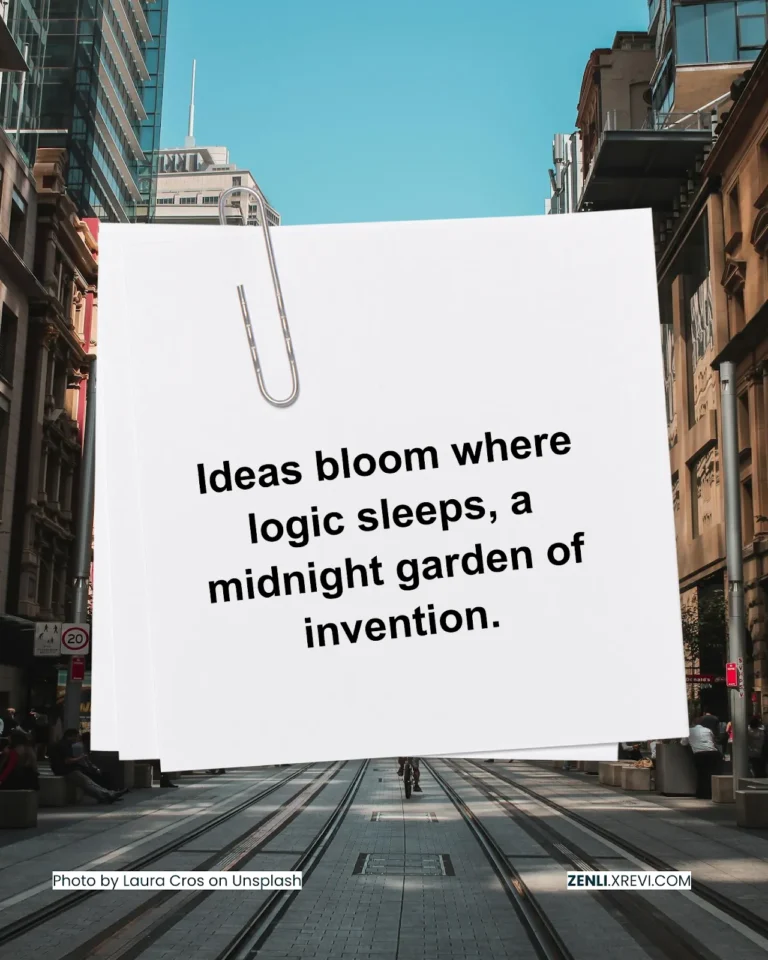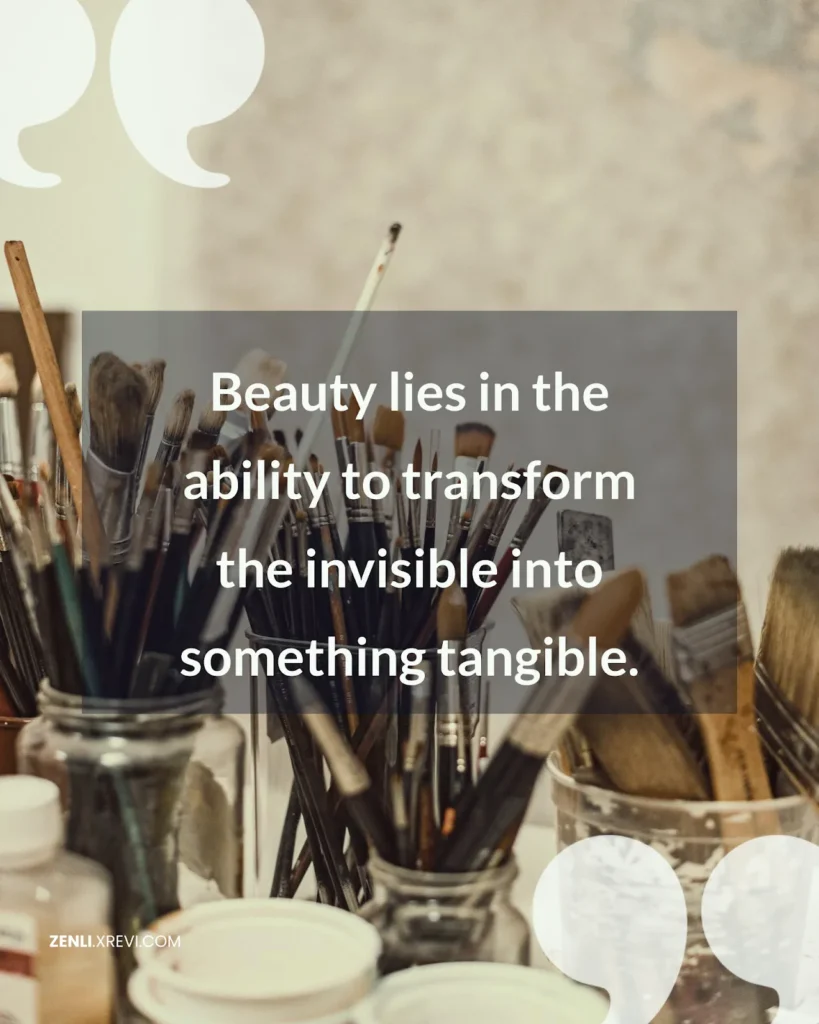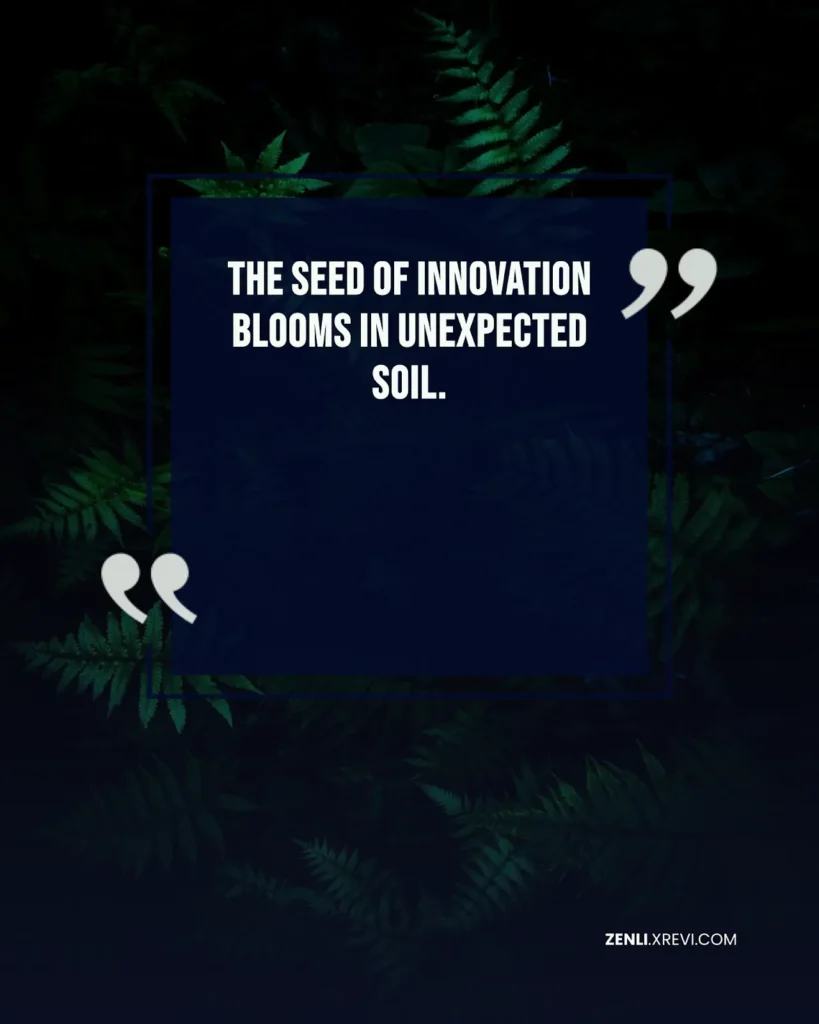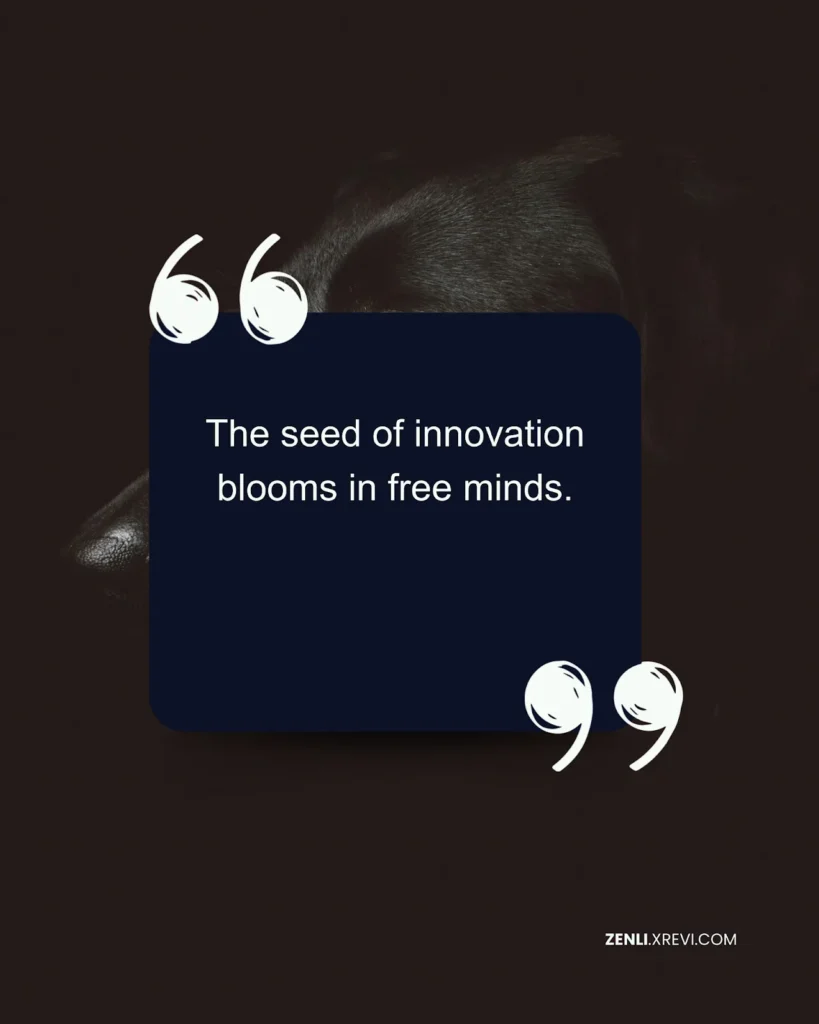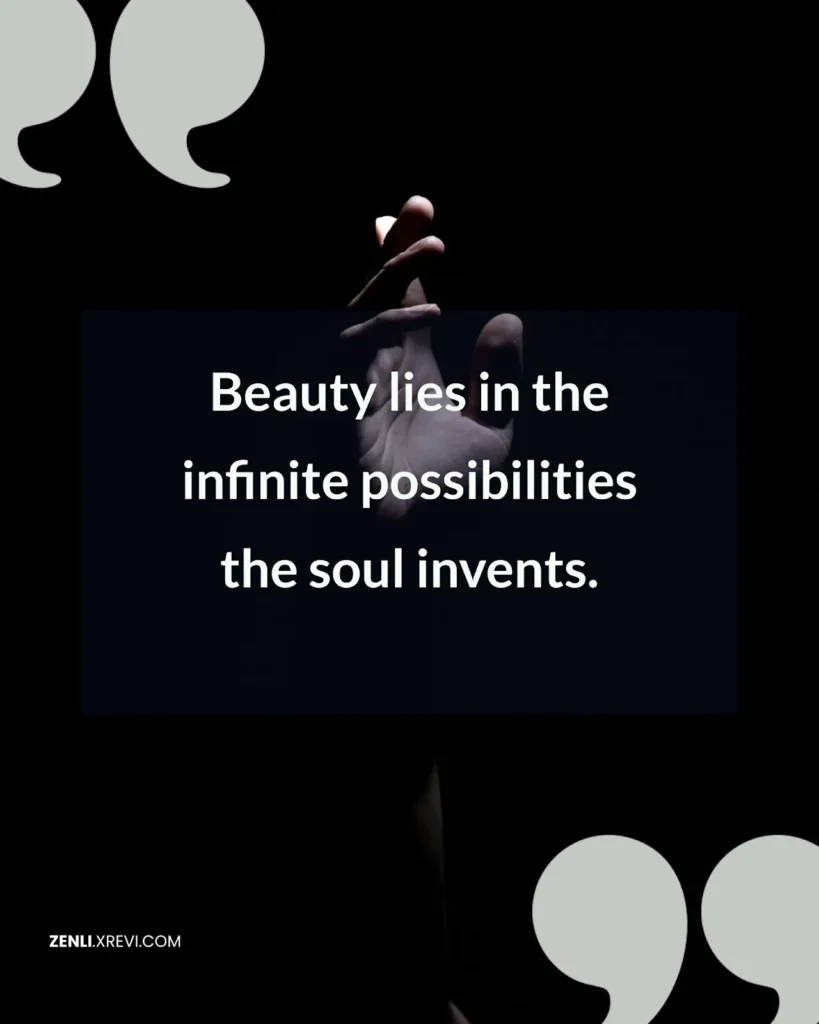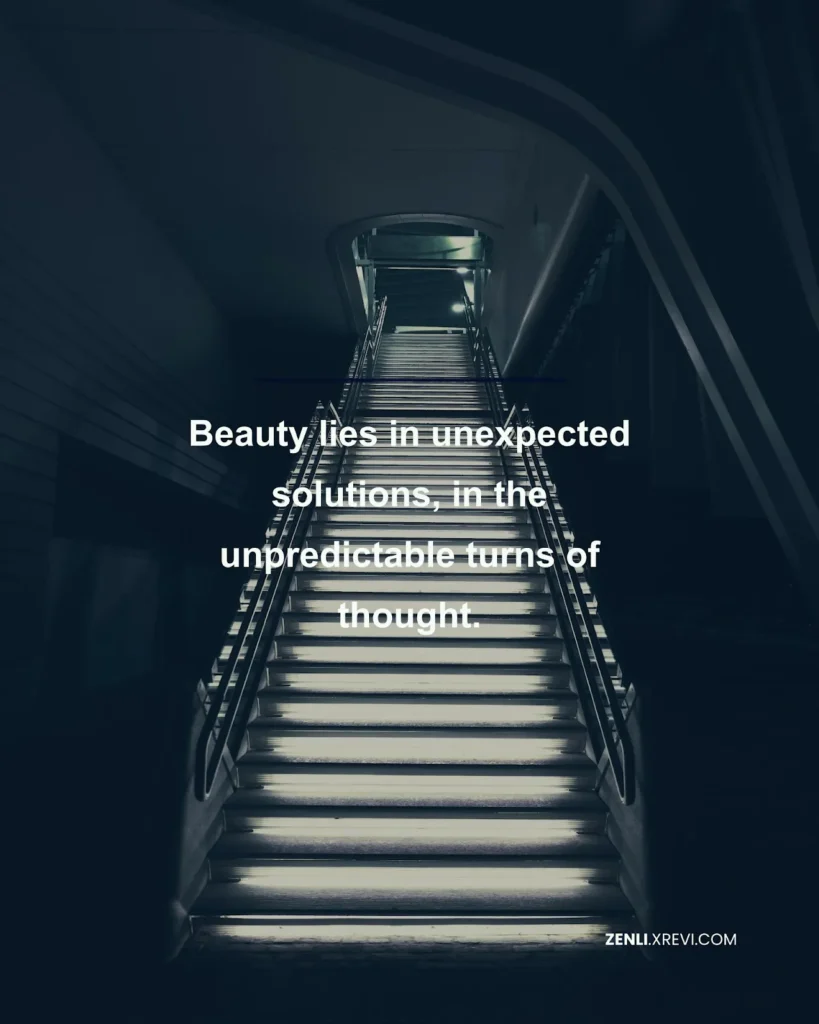We all experience those moments, right? You’re struggling with a problem – a jammed printer, a creative block on that project, or even just figuring out what to cook for dinner. Logic dictates a step-by-step approach, a linear path to the solution. But sometimes, the most elegant solutions don’t arrive through methodical planning. Instead, they pop into your head seemingly out of nowhere, a sudden flash of insight, a whisper of inspiration that feels almost magical. These moments are the fertile ground of creativity, a vibrant landscape often overlooked in our relentless pursuit of logic and efficiency. We’re so busy trying to *control* the creative process that we often miss the unexpected beauty that arises when we allow ourselves to simply *be*. It’s in these unexpected spaces that truly innovative ideas take root and flourish. This isn’t about abandoning logic entirely, but rather about understanding its limitations and appreciating the power of letting go.
Ideas bloom where logic sleeps, a midnight garden of invention.
This quote perfectly captures the essence of creative breakthroughs. Think about it: logic operates within a structured framework, a defined set of rules and parameters. It’s brilliant at problem-solving within those confines, but creativity often thrives outside them. That “midnight garden” represents the space we enter when we relinquish the strictures of logical thinking. It’s the quiet contemplation after a long day, the daydream during a mundane task, the spontaneous burst of inspiration during a shower. These seemingly unproductive moments are actually the fertile ground where our subconscious mind, free from the demands of conscious thought, can freely connect disparate ideas, forming surprising and innovative combinations. Consider the invention of Velcro – inspired by burrs clinging to his dog’s fur! Or the discovery of penicillin – a serendipitous observation in a petri dish. These weren’t the result of meticulous planning, but rather the accidental blossoming of an idea in the space where logic rested. To foster this “midnight garden,” try incorporating activities that engage your mind without direct intention – listen to music, take a walk in nature, doodle aimlessly. Allow yourself to simply be, and watch the unexpected blooms appear.
In essence, nurturing creativity isn’t about switching off our rational minds altogether, but rather about creating space for our subconscious to work its magic. It’s about recognizing the limitations of logic and embracing the unpredictable nature of inspiration. By consciously creating moments of quiet contemplation and allowing for unstructured time, we cultivate a fertile ground where unexpected and innovative ideas can bloom. Remember that “midnight garden” – that space of quiet reflection, daydreaming, and playful experimentation – and nurture it well.
So, take some time to reflect on your own creative process. When do your best ideas strike? What techniques help you access that “midnight garden”? Share your thoughts and experiences in the comments below. Let’s cultivate a thriving community of creative minds, learning from each other and celebrating the unexpected blooms that arise when logic takes a backseat. The world needs your unique perspective, your innovative solutions, your midnight garden of invention!
Photo by Laura Cros on Unsplash
